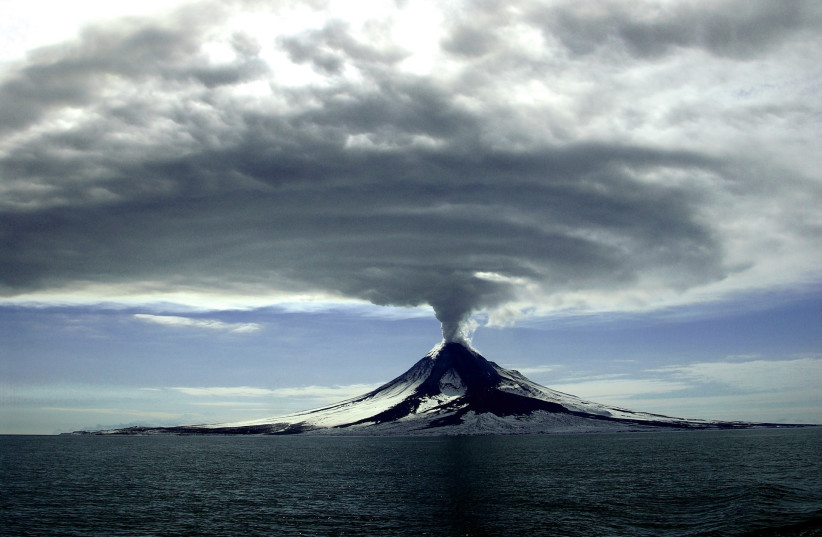The submarine volcano Hunga Tonga–Hunga Haʻapai, located in the Pacific Ocean and northeast of Fiji, reportedly blasted approximately 50 teragrams (50 million metric tons) of water vapor into the Earth's stratosphere shortly after it erupted on January 15 of this year, according to a recent study.
The peer-reviewed study, published in the journal Science on Thursday, stated that the water vapor in the stratospheric plume was high because of the volcano's location underwater. It may have possibly increased the global stratospheric water vapor by more than 5%.
Researchers suggest that the eruption may have brought a new type of atmospheric response to large volcanic eruptions.
Information about gasses and the stratosphere
Among the most important gases injected into the stratosphere from large eruptions are sulfur-containing gasses, as they are able to decrease global climate temperature.
The largest eruptions in the past 100 years have only resulted in minor water vapor injections.

The atmospheric effect of this eruption remains uncertain.
